
Animal
09:54, 24-Apr-2019
Invisible lives: Frogs with transparent bellies
By Li Yunqi
00:28
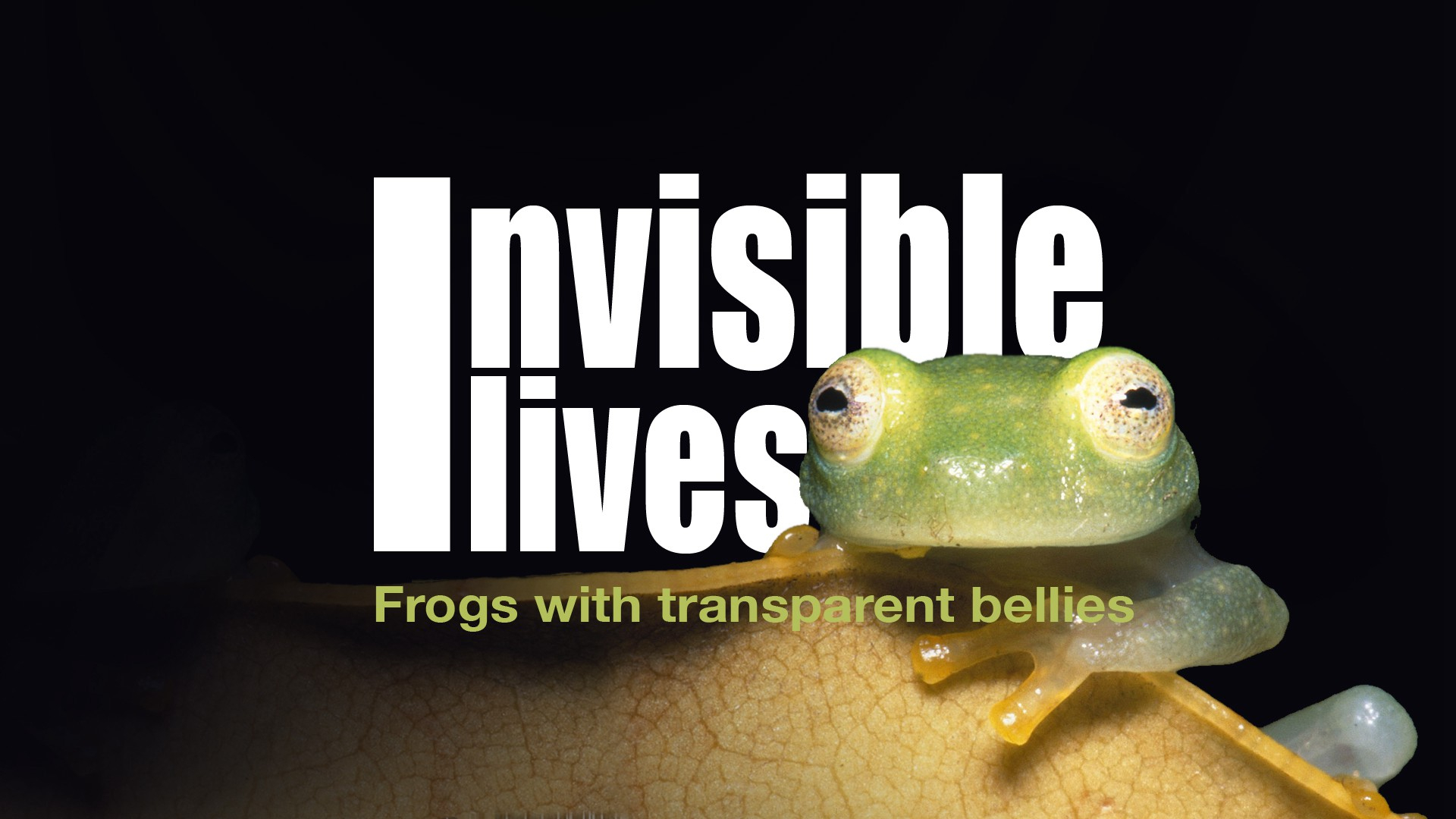
In the humid forests of the tropics in the Americas lives a group of small frogs. These frogs, a combination of around 100 species, belong to the family Centrolenidae, and are commonly known as the glass frogs because most of them have transparent bellies and chests.
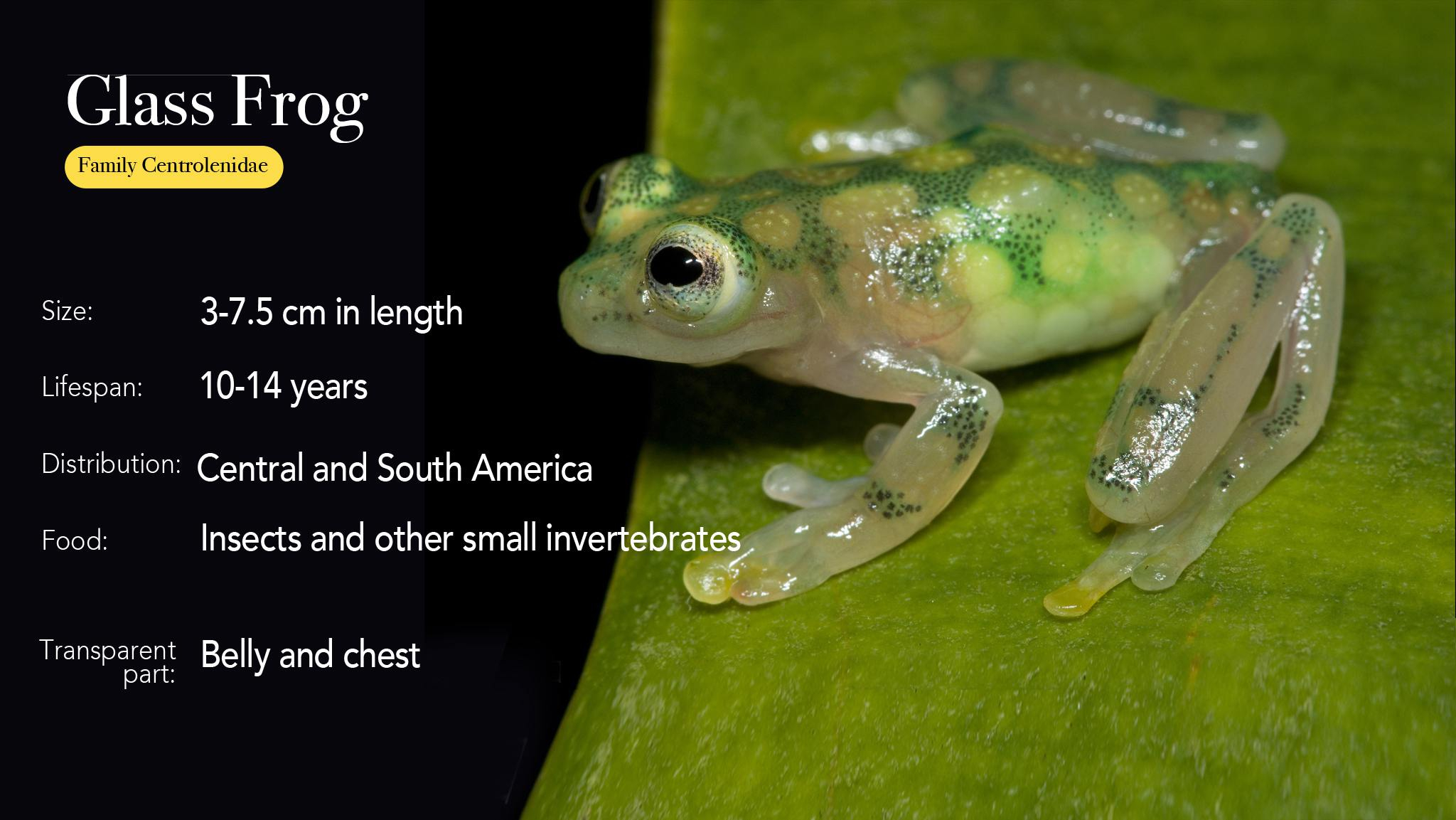
General information about the glass frog. /CGTN Photo
General information about the glass frog. /CGTN Photo
The glass frog doesn't seem to have any distinct appearance except its petite size compared with a regular frog. The adult glass frog usually ranges from two to three centimeters, and in rare cases, some species of the glass frog can reach a maximum length of 7.5 centimeters.
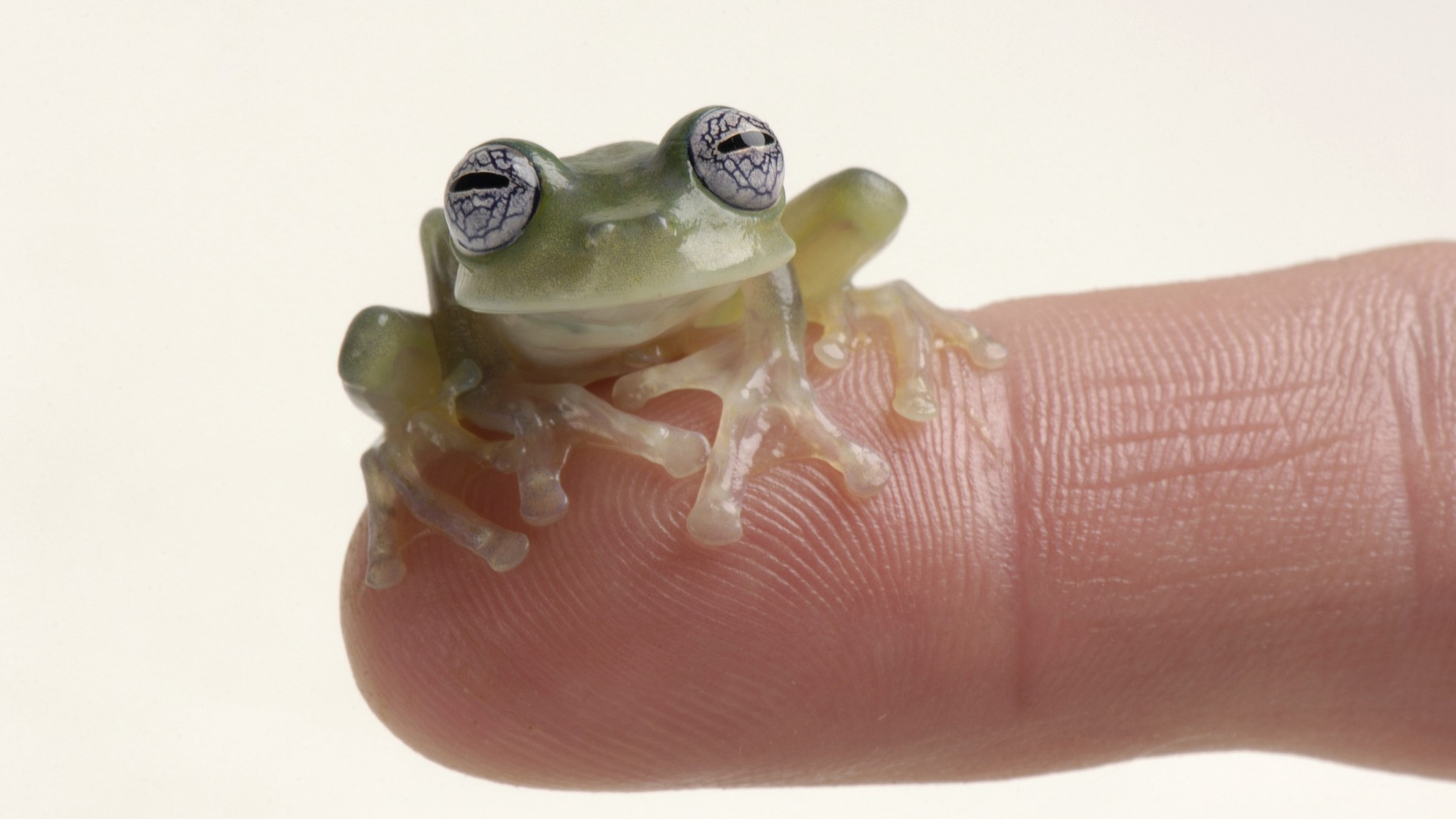
The glass frogs are tiny. /VCG Photo
The glass frogs are tiny. /VCG Photo
But once observed from beneath, the glass frog literally "has nothing to hide" – its organs, bones and blood vessels clearly show through its transparent belly. In some species, the visible bones are green while other organs are also translucent.

The translucent belly of a glass frog reveals its organs. /VCG Photo
The translucent belly of a glass frog reveals its organs. /VCG Photo
For a frog that is leaf-green on the top and is able to blend in perfectly with the tropical plants, the reason for having a transparent belly, other than making it easier for researchers to study its organs, remains a mystery.
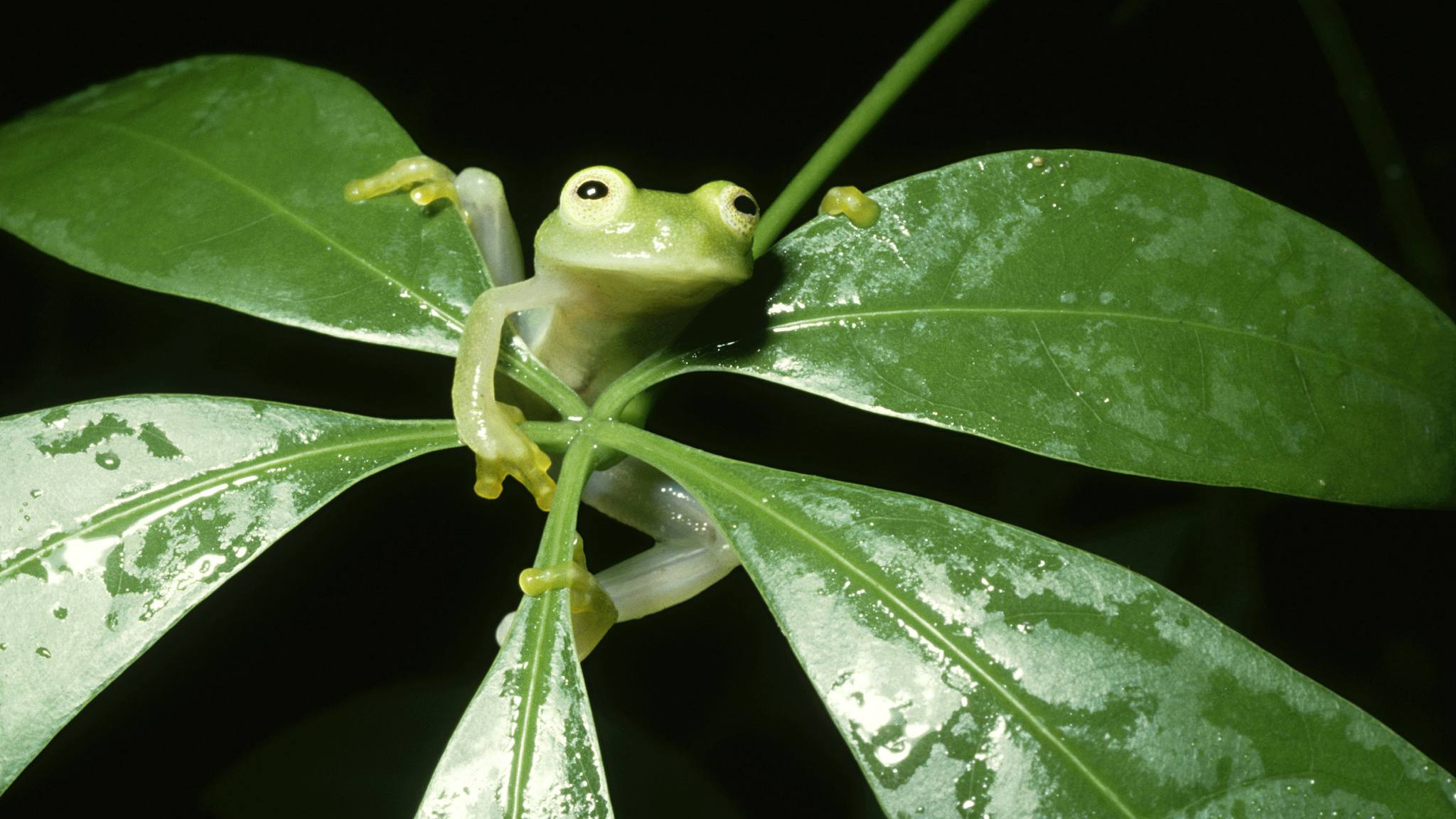
A glass frog clinging on leaves. /VCG Photo
A glass frog clinging on leaves. /VCG Photo
One explanation is that glass frogs have evolved in this way so that they when they are sitting on a leaf, they are less visible to potential predators below.
These nocturnal frogs are arboreal, meaning that they live on trees. They like to stay in the canopies of trees, and are most active along streams or rivers during breeding seasons.
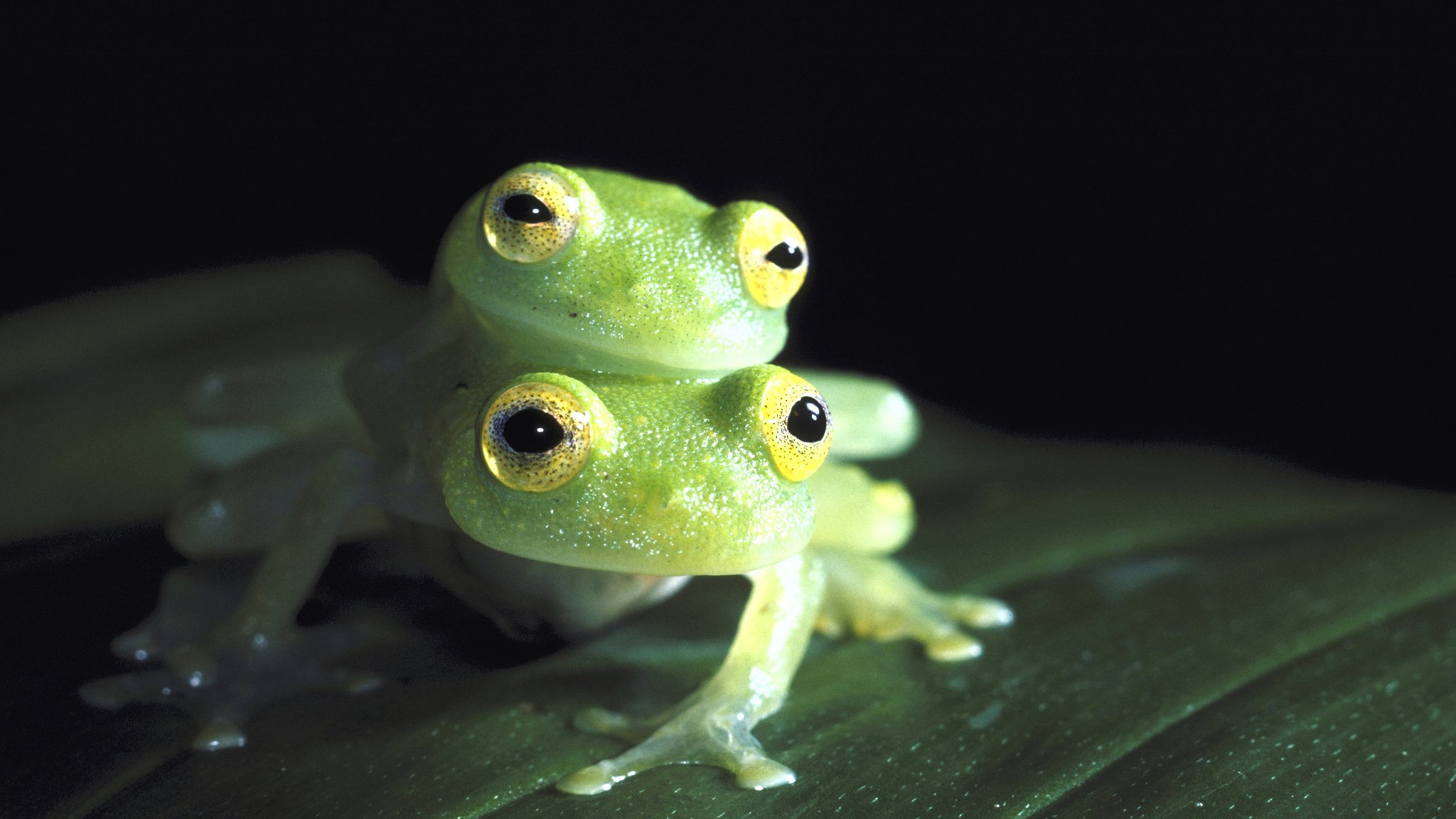
Two glass frogs mating. /VCG Photo
Two glass frogs mating. /VCG Photo
The glass frogs are extremely fragile creatures. They have to hide during rainy days because sometimes a single heavy raindrop can knock down or kill an adult. These tiny frogs can only keep themselves from drying out with light precipitation at night.
The tiny size and fragility of the glass frog do not pose as much of a threat to its existence as deforestation does. Deforestation due to agricultural activities and mining are pushing many species of the glass frogs out of their natural habitats. And since frogs are generally very sensitive to the environment, the change of habitats will kill them eventually.

Deforestation is forcing the frogs to leave their natural homes. /VCG Photo
Deforestation is forcing the frogs to leave their natural homes. /VCG Photo
The creativity of nature exceeds any science fiction that humans can come up with. Among all those intriguing creatures who are experts in camouflage, there is a special group of transparent animals. In the series "Invisible lives," we will explore these animals that exemplify the magic of nature.
(Cover image designed by CGTN's Li Yueyun.)
(If you want to contribute and have specific expertise, please contact us at nature@cgtn.com.)

SITEMAP
Copyright © 2018 CGTN. Beijing ICP prepared NO.16065310-3
Copyright © 2018 CGTN. Beijing ICP prepared NO.16065310-3